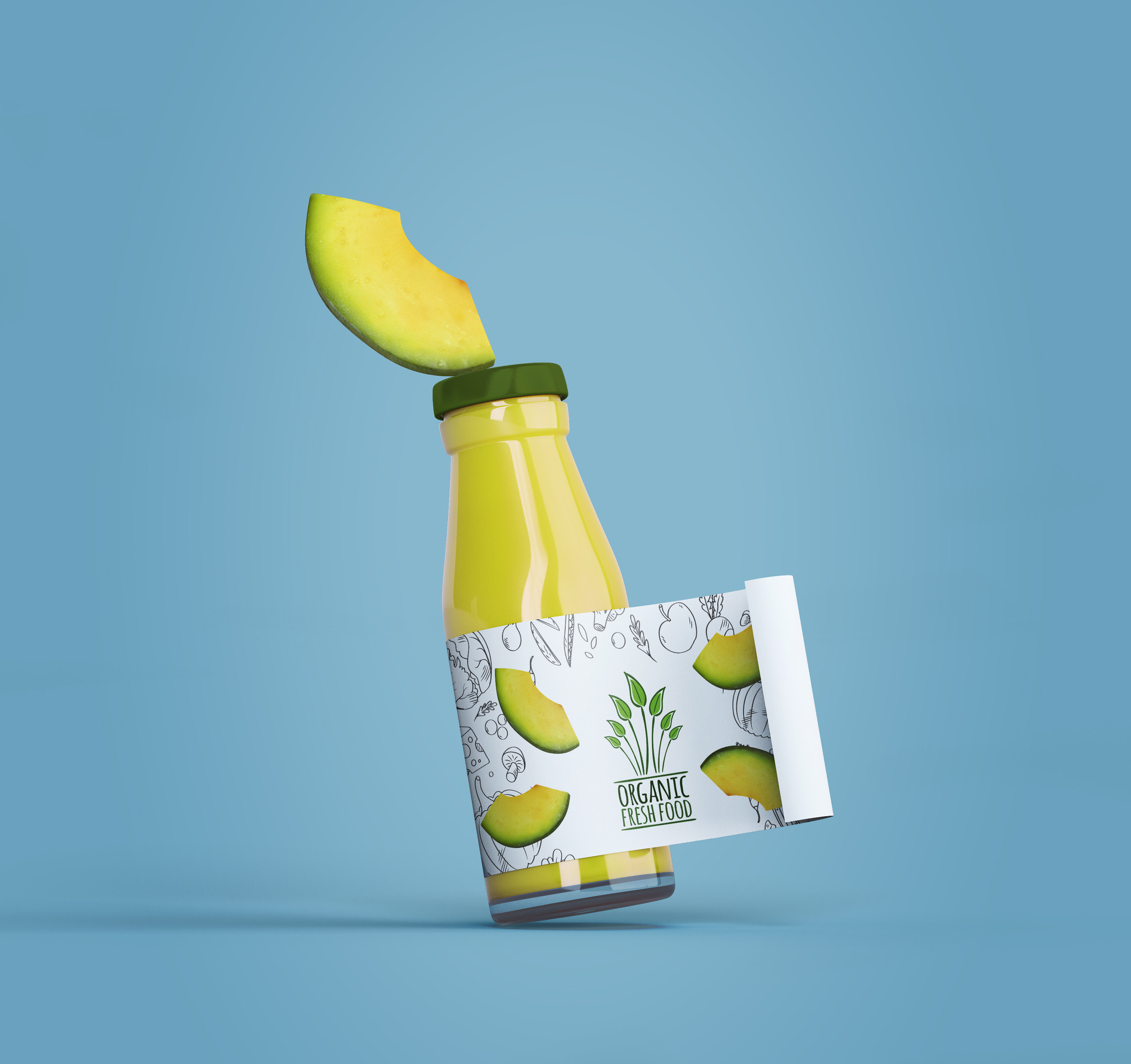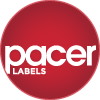
Labels are more than just pieces of paper with words on them—they’re an integral part of the customer experience from the moment they pick up your product to when they put it back down.
In this guide, we’ll talk about everything you need to know about labels: why you need one, where you should put them on your products, and which types will work best for different situations.
We’ll also cover design tips for making sure that your labels have maximum impact in stores and reviews online.
There are several reasons why you may need a label on your product. The most important reason is to provide critical information about the product, but labels can also be used for marketing purposes or to add an extra layer of security.
Here are a few examples of instances when you might want a label for your product:
Labels can be used to communicate important information such as ingredients, weight, and how long the product will last. Labels that use clear and concise language can also help customers understand how to use your product correctly.
Your label is the first thing that customers will see when they pick up your product. It’s also what they’ll see when it’s on store shelves, so it needs to establish a clear brand identity right away. Companies often use color schemes and logos for this purpose.
Some labels are designed to protect products from theft. For example, RFID tags can reduce shoplifting by allowing stores to monitor when certain products are moved on the shelves.
Labels that replace standard barcodes or serial numbers can prevent counterfeiting and tamper with your products by unauthorized parties. Some labels also help you send additional information about your product during shipping, such as where it is in transit and who packed it up.
Finally, some labels don’t have any information at all—they’re used purely for marketing purposes. These kinds of labels typically have a high impact but have limited use since they only work within a single country or market segment. A popular example of this kind of label is the limited edition packaging for special releases.
There are many different types of labels, and not every type will work in every situation. A printable adhesive label might be perfect for one product but completely inappropriate for another. Here are some factors to consider when choosing the right type of label:
Labels come in all shapes and sizes, so it’s important to choose one that fits your product perfectly or that can be easily adjusted if necessary.
Businesses use labels for a wide range of different purposes: identifying the product, protecting it from tampering or theft, and marketing. The best label type will depend on what you need to accomplish with your label.
Different types of labels will appeal to different people—for example, some customers might be attracted by detailed text while others prefer large pictures. Make sure that you don’t accidentally turn away anyone who would otherwise buy your product by using an inappropriate label type.
When choosing the right type of label for your product, keep in mind that not all labels are made equal. Some labels are designed to highlight the benefits of your product, while others help you communicate important information about ingredients or indicate that it is tamper-resistant. Here are the three main types of labels: Informational labels
These kinds of labels provide necessary information about your product and how to use it correctly (for example, “remove before washing”). They can also be used for marketing purposes.
These kinds of labels establish a level of protection against tampering and theft (for example, RFID tags).
These kinds of labels do not provide any useful information about your product but create an emotional response in customers (for example, special editions).
The material that is used for your labels will have a big impact on how effective they are. If you use paper, it might not be possible to send information via RFID tags or place barcodes on the label. Even if the product itself doesn’t require special security measures, using functional labels made from metal or plastic can still increase its perceived value. There are many different materials to choose from, so here are some of the most common ones:
Paper labels are generally inexpensive but have very limited functionality—they won’t prevent tampering or theft at all. They also tend to lose their stickiness over time due to exposure to moisture. Therefore, they can only be used in situations where additional protection isn’t necessary.
Plastic labels are waterproof, tamper-resistant, and last much longer than paper labels. Plastic can make a product seem more expensive too, but this will depend on the design of the label itself.
Foil security labels are inexpensive and can be used to identify whether or not someone has opened your product. They also have a very high perceived value when placed over packing that is already made from sturdy material like metal or plastic because they demonstrate that you have taken extra precautions to protect it.
These kinds of labels are inexpensive and eco-friendly, but they can only be attached by using tape or glue rather than adhesive strips since the packaging itself is the label. This makes them easy to remove by consumers, who might in turn transfer it to another product—which is why they are often used for promotional purposes instead of labeling products that will be returned or exchanged.
When choosing packaging labels, keep in mind that people make their purchasing decisions not only on what the label says but also by its visual design and how it feels when they handle it. To create an effective label, consider these three questions:
There are many different ways to communicate important information with labels—it all depends on what you need them to do and who they will be communicating with. Keep this in mind as you finalize your design so that you don’t accidentally turn away anyone who would otherwise buy your product by using an inappropriate label type.
Pacer Labels will work with you to ensure that your labels look and feel amazing. We are experts in designing and creating high quality labels with the best pricing and fastest turn-arounds in the industry.
Give us a call on our dime at 888.305.3144 and let’s get started on your custom labels.
Protected by Security by CleanTalk

